General Motors built its reputation on in-house engineering, but history shows the company wasn’t afraid to borrow when it suited the moment. From Japanese fours in compact commuters to European powerplants tucked into rebadged imports, GM has a long record of fitting engines from outside its own divisions. Some were cost-saving moves, others experiments to stay competitive, and a few ended up becoming quietly respected for their reliability or performance. These cars prove that GM’s story isn’t just about V8s and big chrome—it’s also about partnerships and unexpected power sources.
1. 1971–73 Opel GT (with Opel 1.9L CIH)
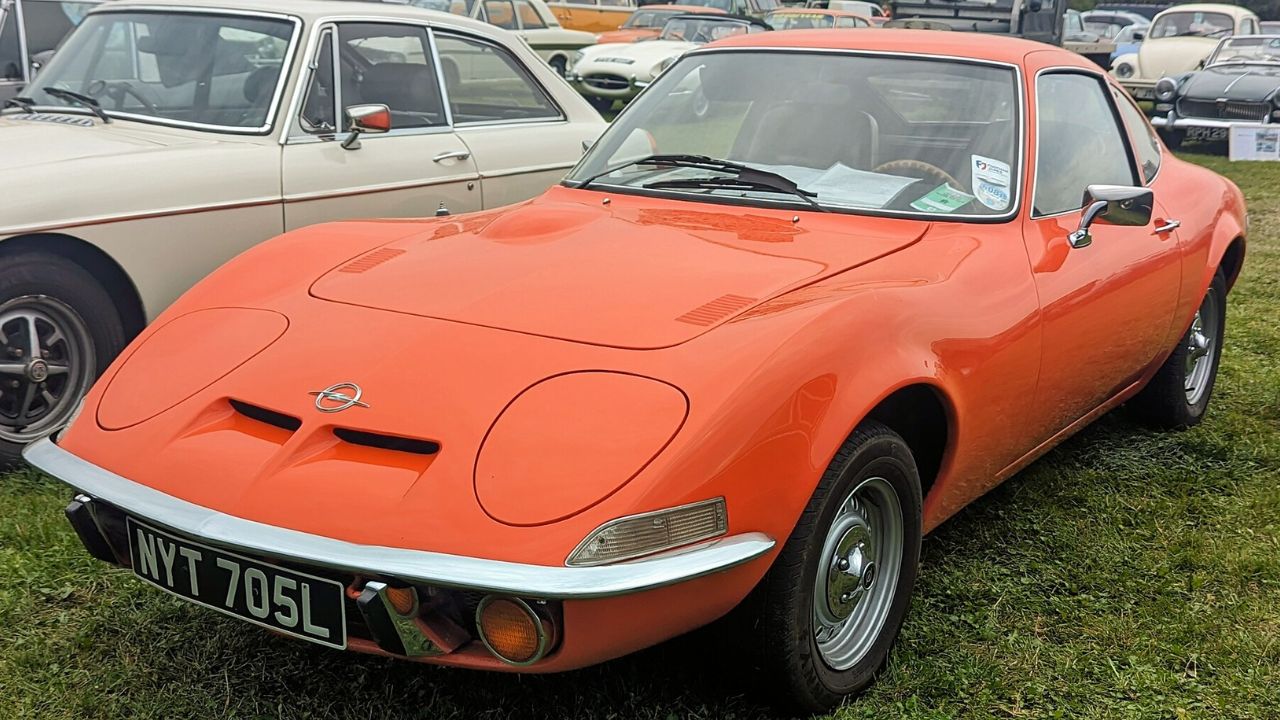
Opel wanted its GT coupe to echo Corvette styling in a smaller, European package. While a 1.1L engine was standard at home, U.S. buyers mainly saw the 1.9L CIH four-cylinder. Designed and built by Opel, the CIH was a modern cam-in-head engine, not a Chevrolet transplant, though it reflected GM’s wider interest in efficient four-cylinder designs.
The 1.9L made around 90–102 hp, enough for a car that weighed just over 2,100 pounds. Buyers got a 4-speed manual, independent front suspension, and a driving experience sharper than its modest power suggested.
2. 1976–87 Chevrolet Chevette (with Isuzu ties)
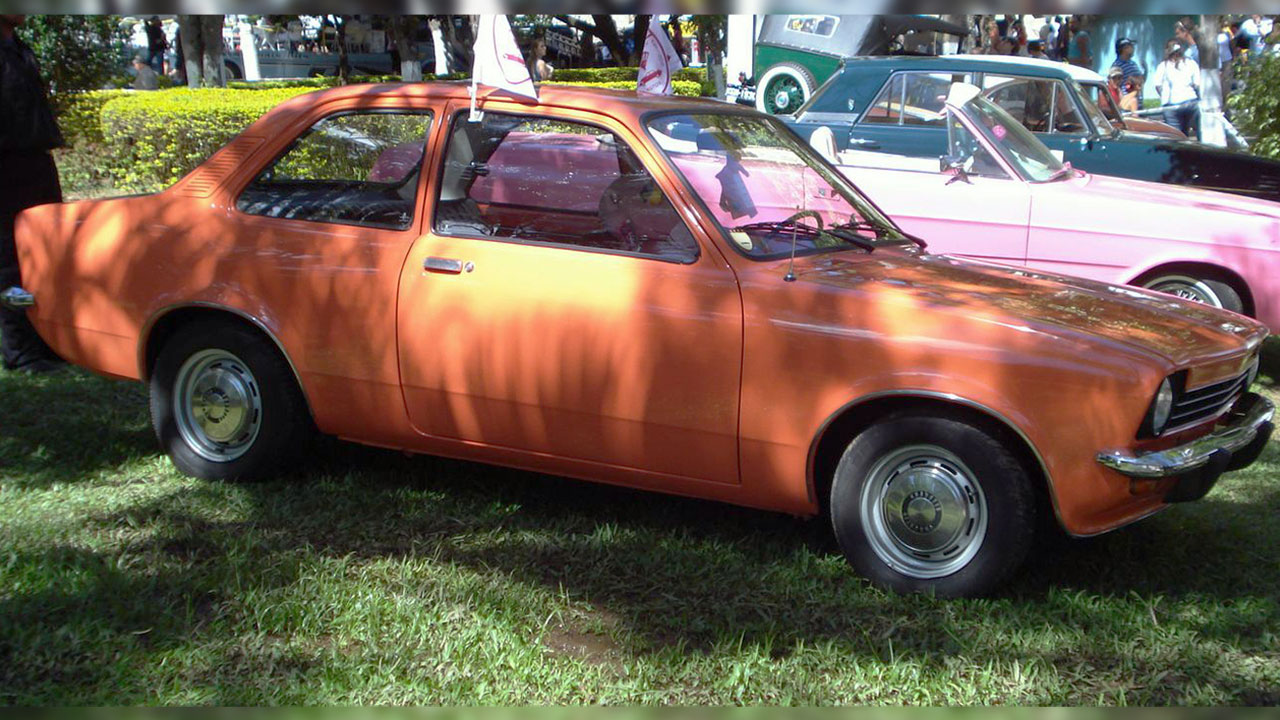
The Chevette is remembered as GM’s budget hatchback, but its roots ran deeper into GM’s global “T-car” project. Engines ranged from a 1.4L to a 1.6L four-cylinder, some of which shared development DNA with Isuzu’s small-displacement motors. While not all U.S. Chevettes carried Isuzu-built engines, the connection underscored GM’s reliance on its Japanese partner.
Output hovered between 52 and 63 hp, hardly thrilling numbers. Still, with a light chassis and rear-wheel-drive layout, the Chevette offered an honest, basic driving experience. It was GM’s attempt to keep costs down while holding its own against imports.
3. 1985–88 Chevrolet Nova (with Toyota 1.6L)

By the mid-1980s, GM partnered with Toyota to create the NUMMI-built Chevrolet Nova, essentially a Corolla in Chevy clothing. Beneath its bowtie badge sat Toyota’s 1.6L 4A-C four-cylinder, delivering about 74 hp.
For buyers used to traditional GM compacts, this was a very different animal—refined, durable, and unusually smooth. Later versions even offered Toyota’s 112-hp 4A-GE twin-cam engine. Paired with either a 5-speed manual or 3-speed automatic, the Nova carried Toyota’s mechanical DNA in every sense, a clear admission that GM needed outside help to stay competitive.
4. 1970–75 Opel Manta (with Opel CIH fours)
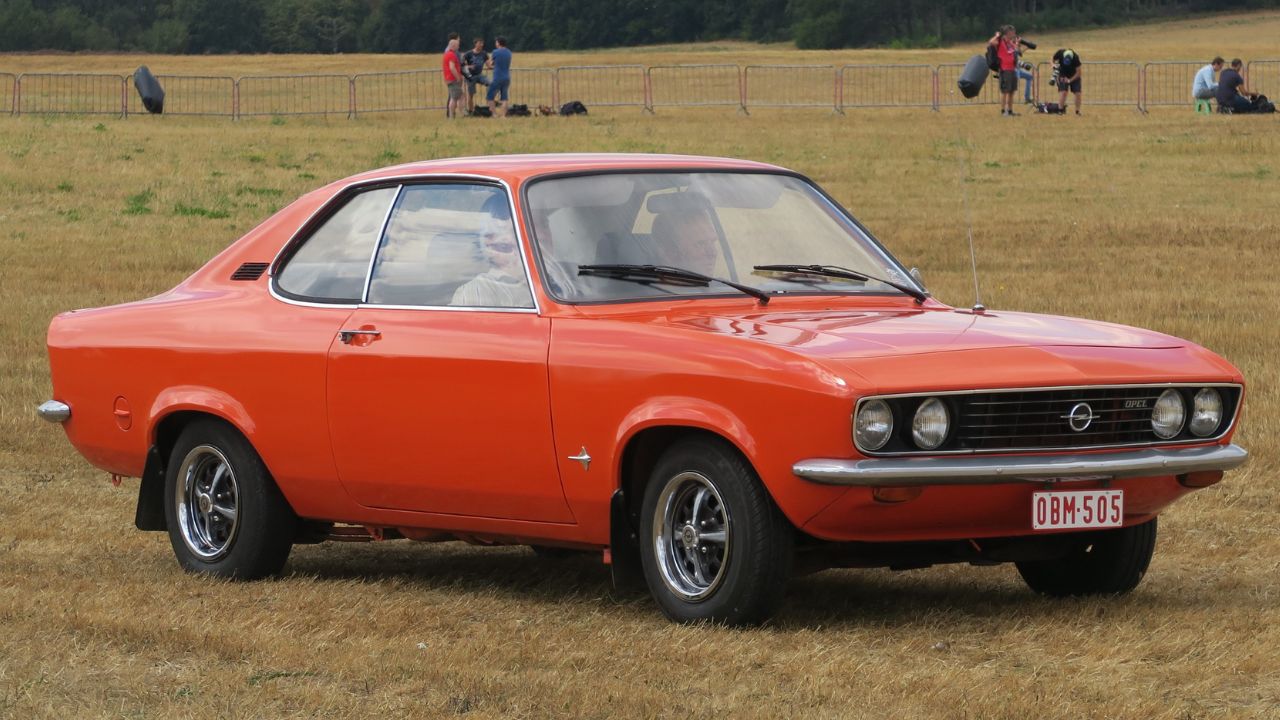
Like the GT, the Opel Manta used Opel’s 1.6L and 1.9L CIH engines, designed in Germany under GM Europe. While sometimes described as being influenced by broader GM practices, these were Opel’s own creations.
With power ranging from 68 to 90 hp, the Manta wasn’t a rocket. But its balanced chassis, rear-wheel drive, and lightweight build gave it engaging dynamics compared to many American compacts. Sold through Chevrolet dealerships in the U.S., it gave buyers access to a German-built coupe that felt worlds apart from what Chevy offered at home.
5. 2004–06 Pontiac GTO (with Holden/Chevy LS1 and LS2)
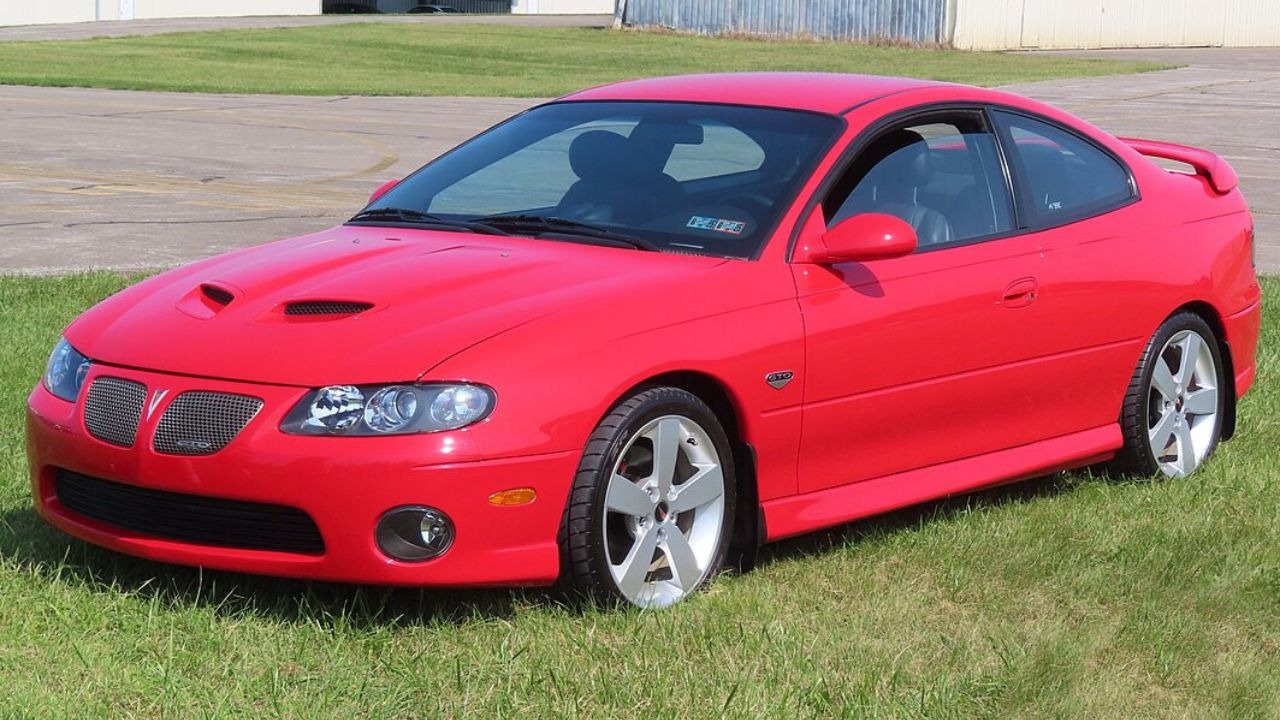
Reviving the GTO name, Pontiac looked to Holden in Australia for both the car and its engine. The 2004 model launched with the LS1 5.7L V8, rated at 350 horsepower, followed in 2005–06 by the 6.0L LS2 with 400 hp. Both were straight from Chevrolet’s performance parts bin.
Performance was serious: 0–60 mph in about 5 seconds and quarter miles in the high 13s. Interior quality was higher than most Pontiacs, and while styling was understated, the car delivered genuine muscle through Holden’s chassis and Chevrolet’s V8 power.
6. 2008–09 Saturn Astra (with Opel ECOTEC)
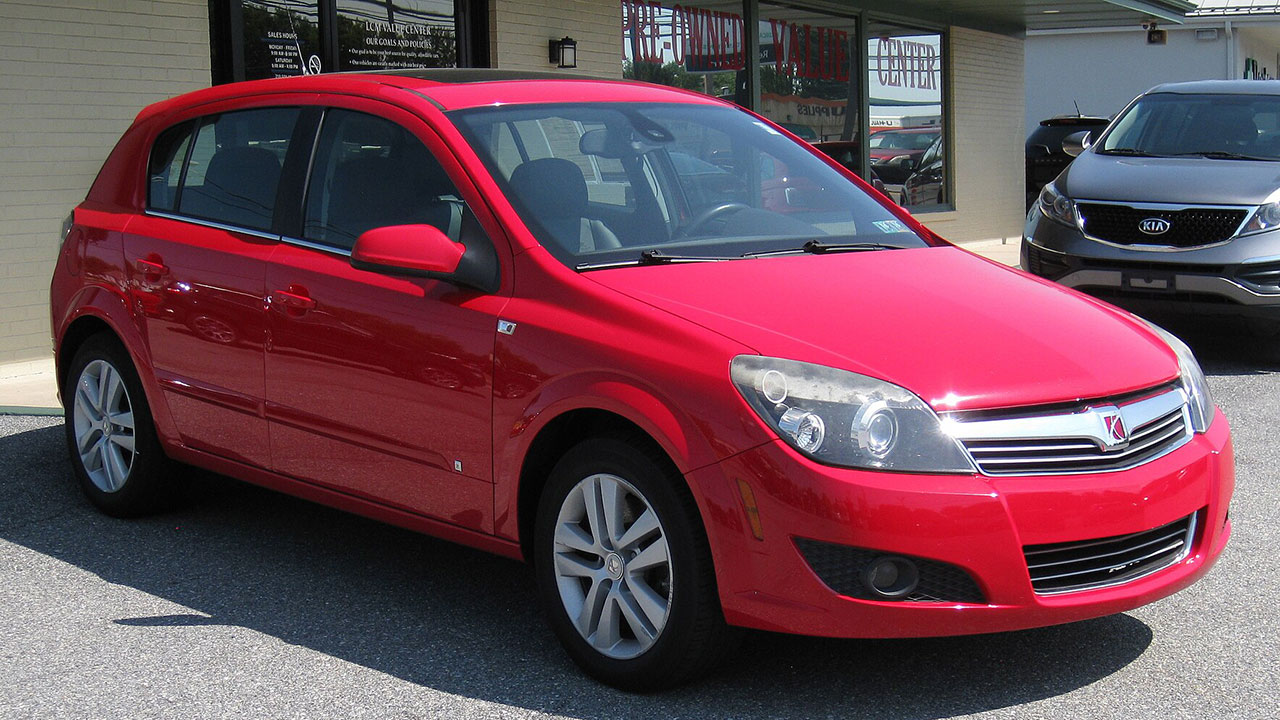
The Saturn Astra was a badge-engineered Opel Astra, built in Belgium and shipped to the U.S. Its power came from Opel’s 1.8L Ecotec four-cylinder, producing 138 hp. This wasn’t a domestic Saturn at heart—it was entirely European.
Buyers could choose a 5-speed manual or automatic, but what stood out was its chassis tuning. With sharp steering and suspension feel, the Astra drove more like a VW Golf than a Chevy Cobalt. GM leaned heavily on Opel’s engineering to give Saturn credibility, but the brand folded before that advantage could stick.
7. 1982–88 Cadillac Cimarron (with J-car four-cylinder roots)
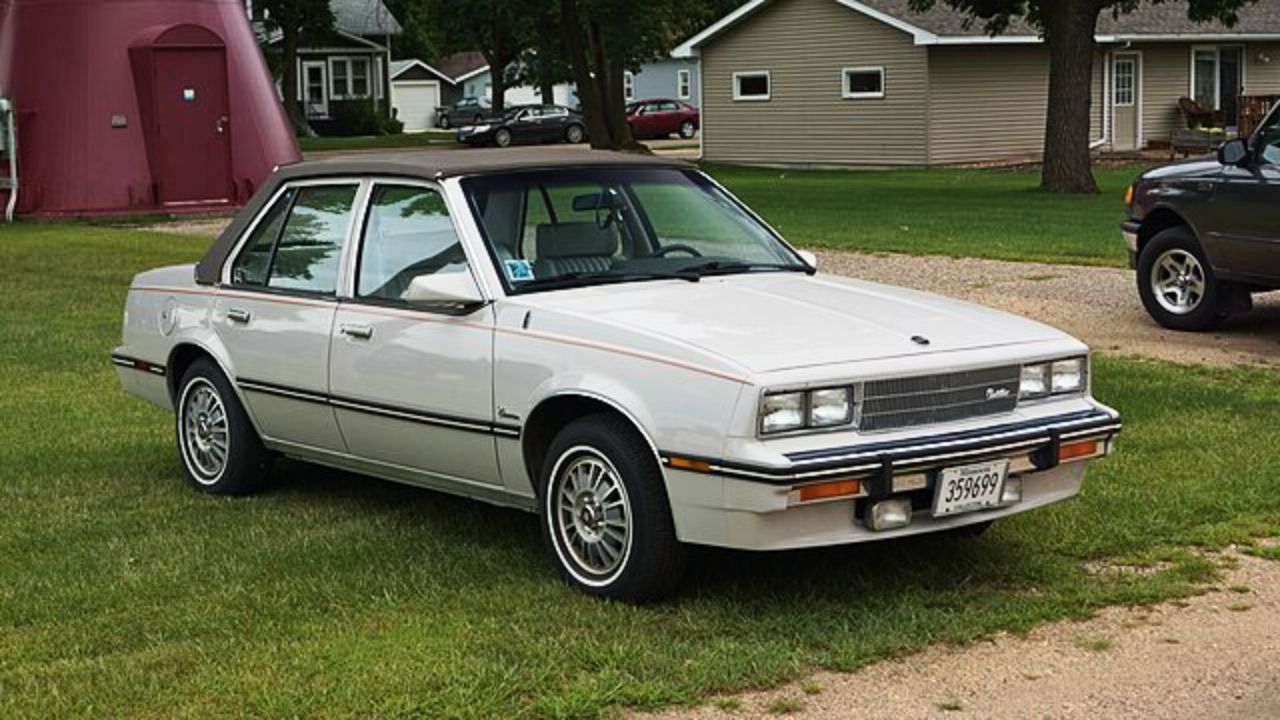
The Cimarron often gets criticized as a dressed-up Chevrolet Cavalier, and that reputation isn’t far off. Its early engines included a 1.8L and later a 2.0L inline-four, part of GM’s global J-car lineup, which Opel also used in its Ascona. These were not purely Opel designs but reflected shared engineering across divisions.
The four-cylinder made just 88 hp, leaving performance lacking for a Cadillac badge. Interiors did feature leather, wood trim, and amenities unusual for a small car. But the mismatch between Cadillac branding and modest J-car hardware exposed how far GM stretched its global platforms.
Like Fast Lane Only’s content? Be sure to follow us.
Here’s more from us:
*Created with AI assistance and editor review.

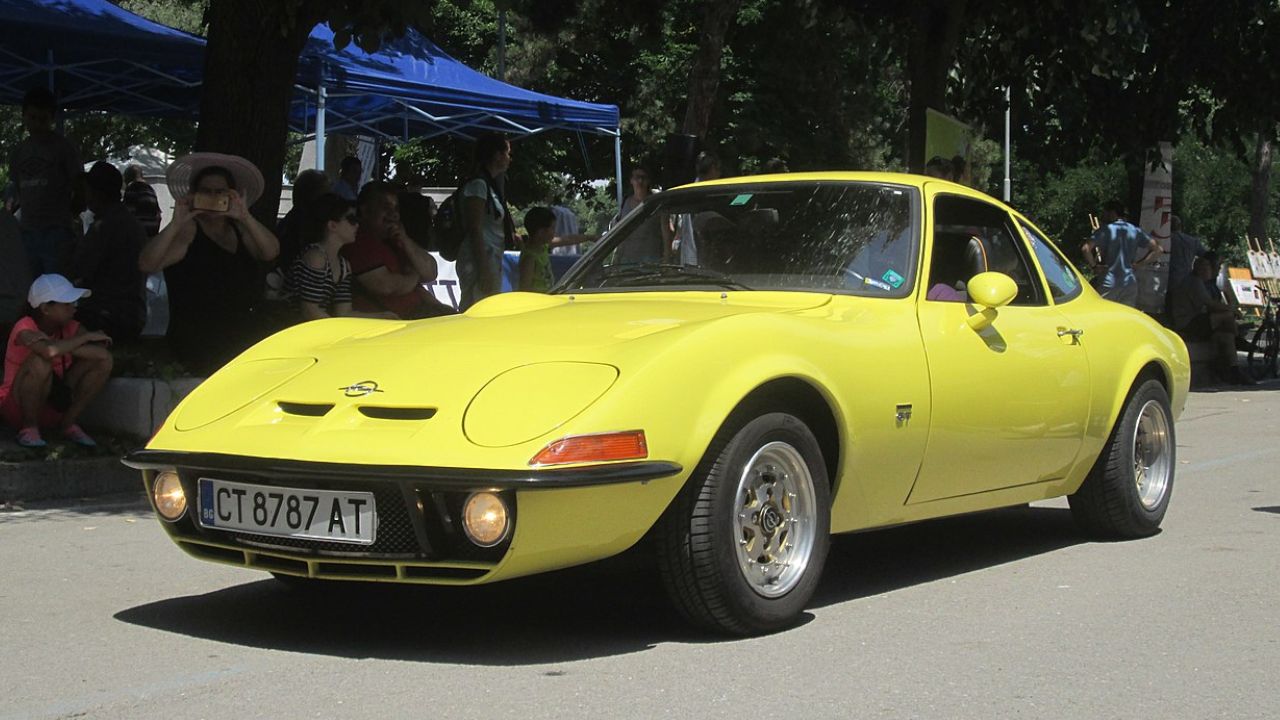
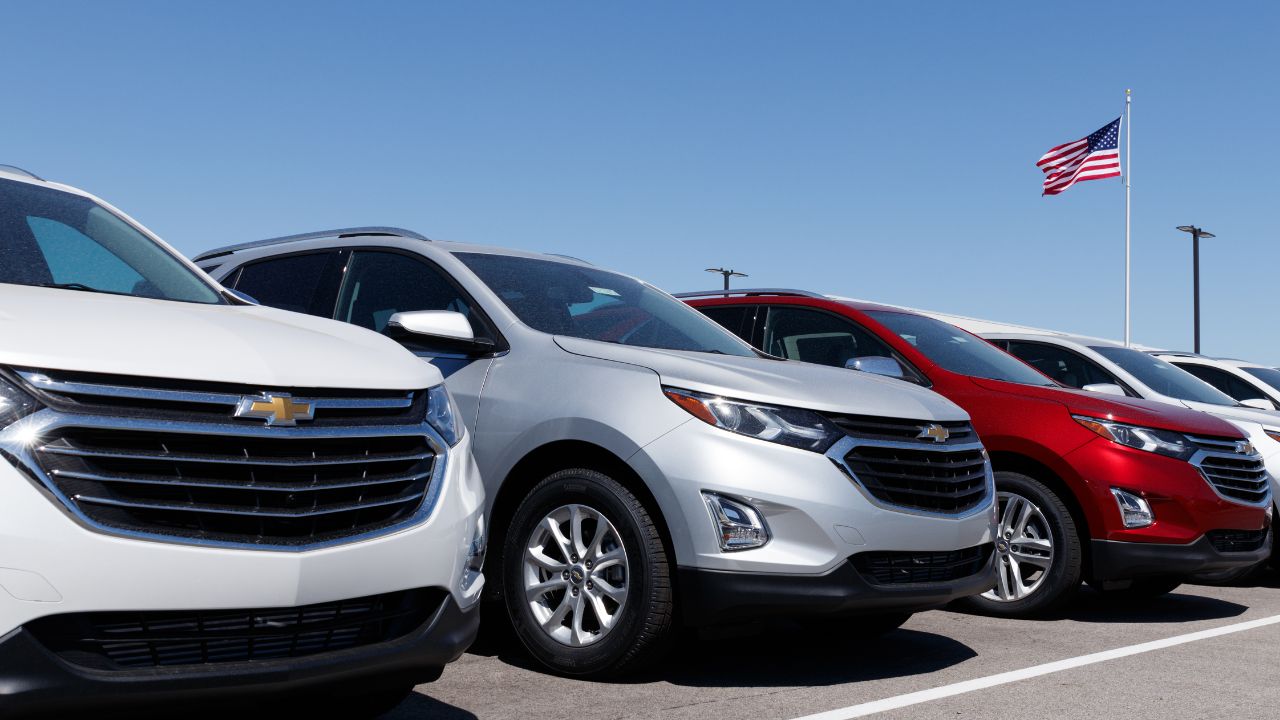



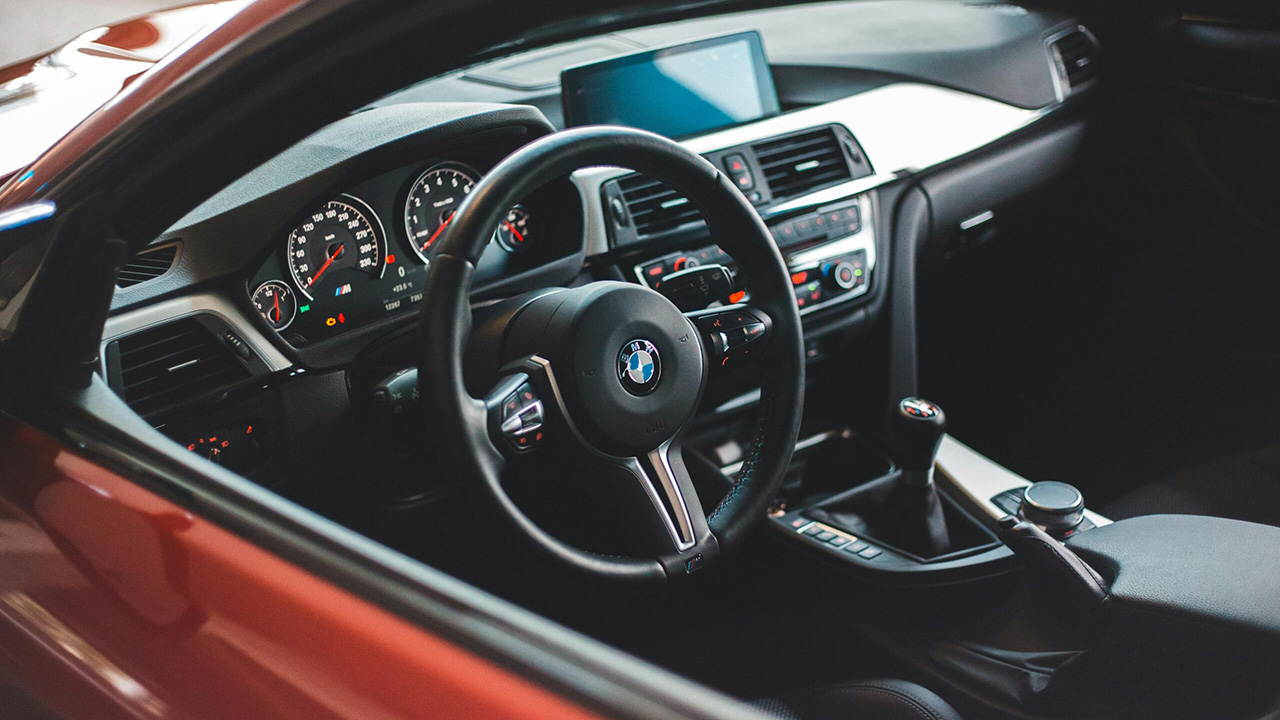
Leave a Reply